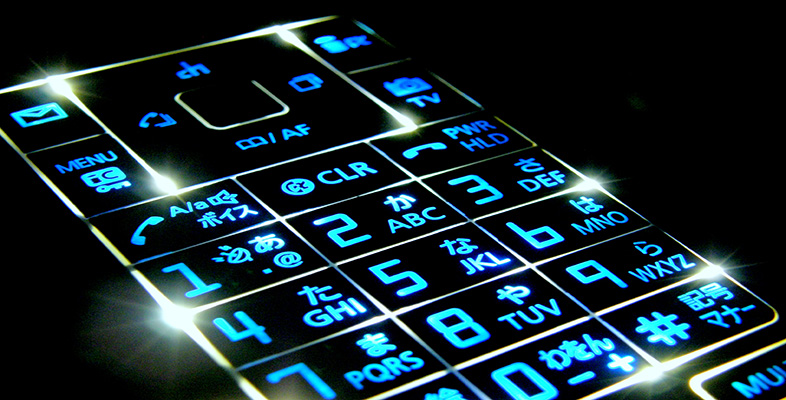3.5 Wavelength multiplexing and demultiplexing
Wavelength multiplexers and demultiplexers are needed in order to be able to use wavelength division multiplexing. With just two wavelengths, the multiplexers and demultiplexers can be based on directional couplers because, as mentioned earlier in Section 3.2, couplers are naturally wavelength-dependent and with appropriate design can be arranged to split and combine two chosen wavelengths. As shown in Figure 26, and using the language of a 2 × 2 switch (Figure 24), the coupler is in the ‘cross’ (over) state for λ2 and the ‘bar’ (non cross-over) state for λ1.

With dense wavelength division multiplexing (DWDM) forty or more wavelengths can share a single fibre.
A number of different technologies have been developed for multiplexing and demultiplexing multiple wavelengths, but the principle is illustrated by a prism, as shown in Figure 27. You are probably familiar with the way in which a prism splits white light into its constituent colours (the rainbow effect), so the principle can be used to separate the different wavelengths in the beam emerging from a fibre carrying a DWDM signal.

Used in reverse, a prism can combine the different wavelengths into a single DWDM beam. Wavelength division multiplexers and demultiplexers based upon prisms can be used in practice for DWDM, but not quite as drawn in Figure 27 because lenses are required to couple the light into and out of the fibres.
SAQ 11
Identify three uses of devices based upon directional couplers.
Answer
Three uses of devices based upon directional couplers:
Power splitting, such as for a tree topology
Constructed with electro-optical material, they can be used for switching
They can also be designed so that the splitting is wavelength-dependent so that they can be used as wavelength division multiplexers or demultiplexers.
